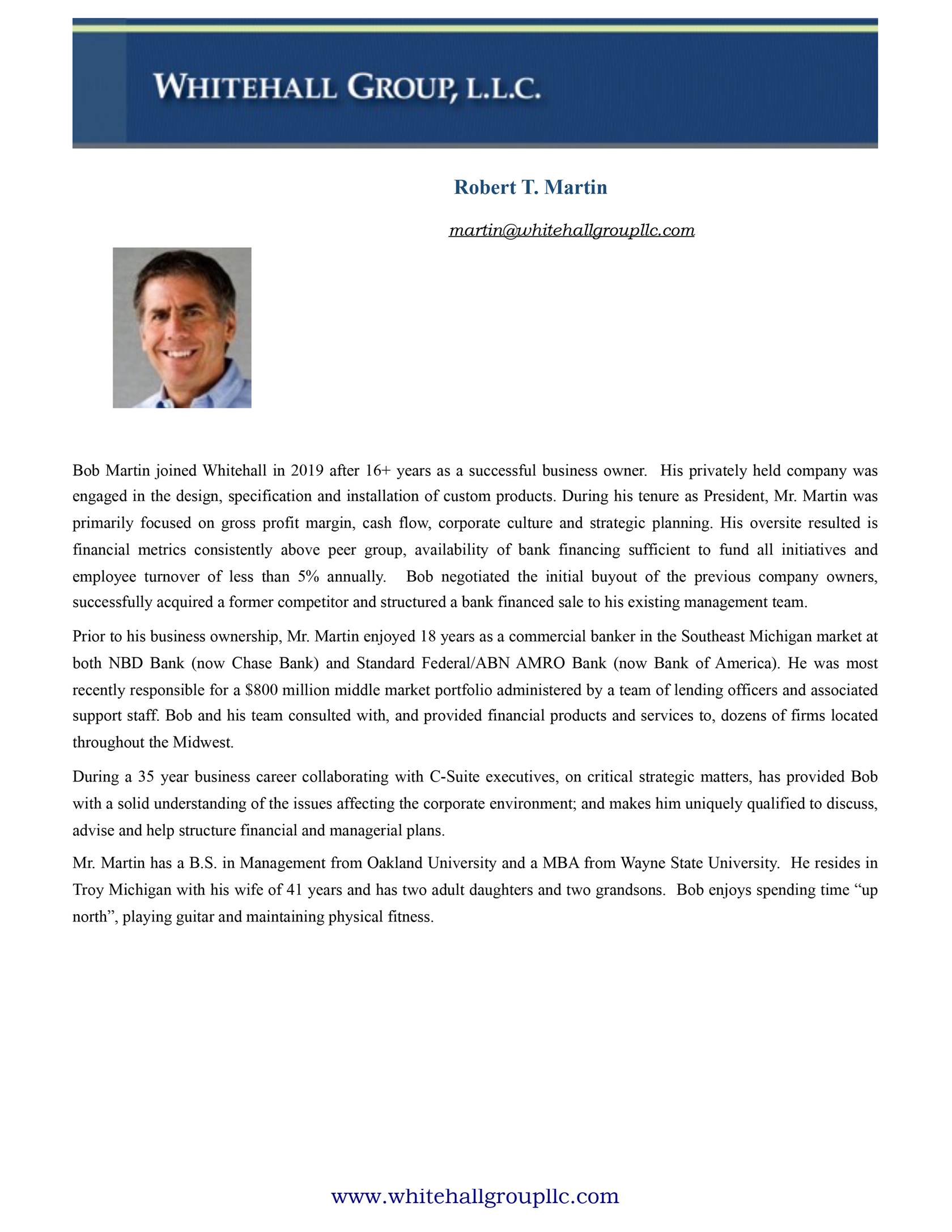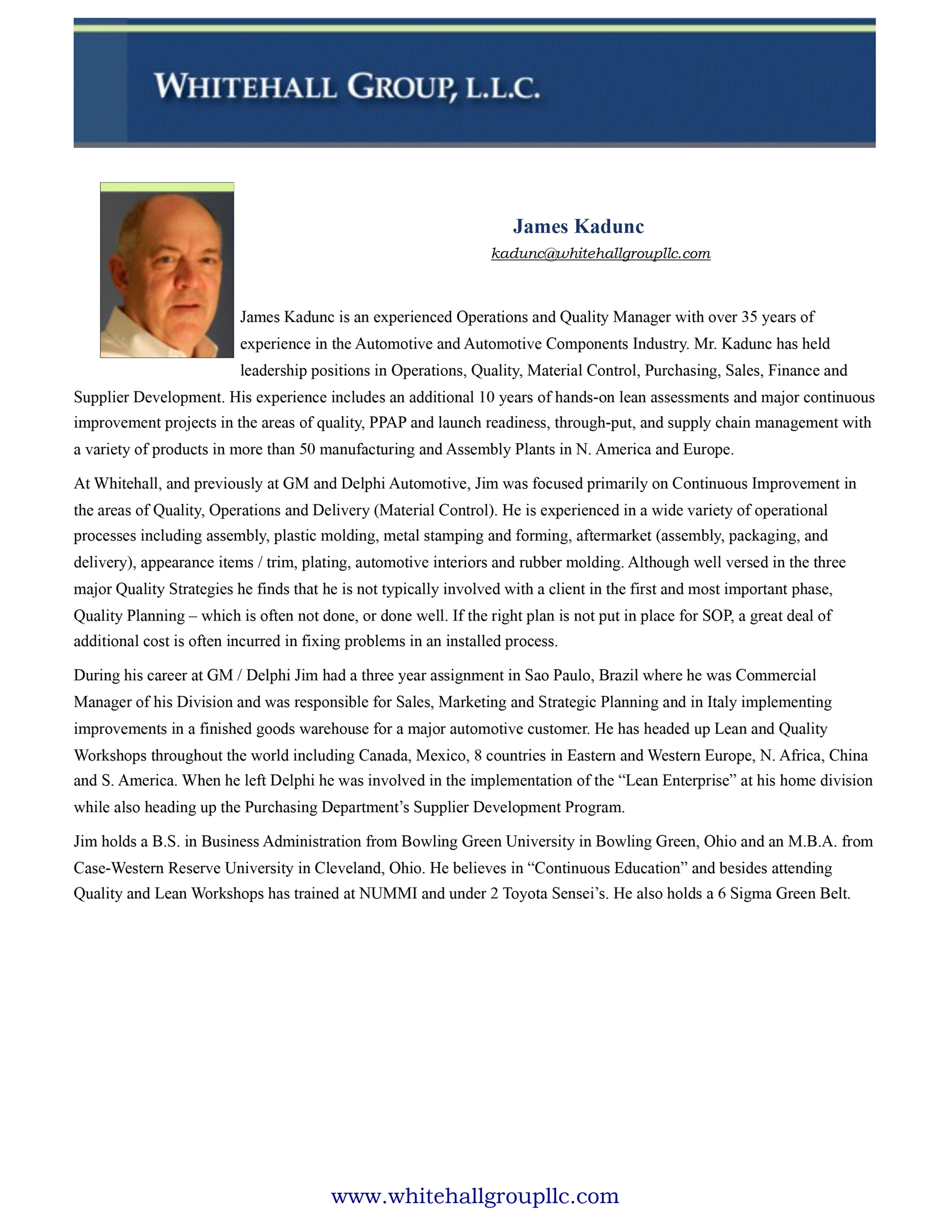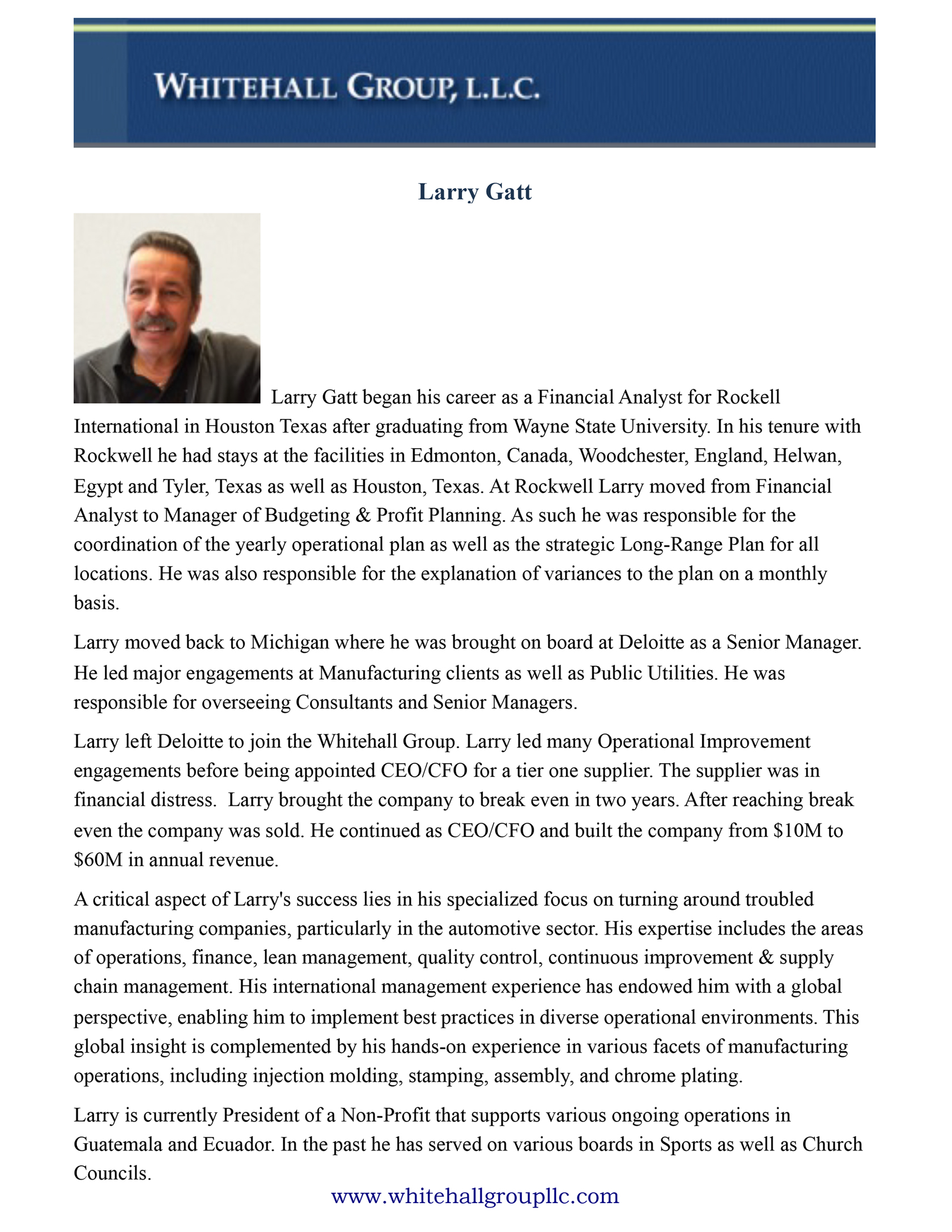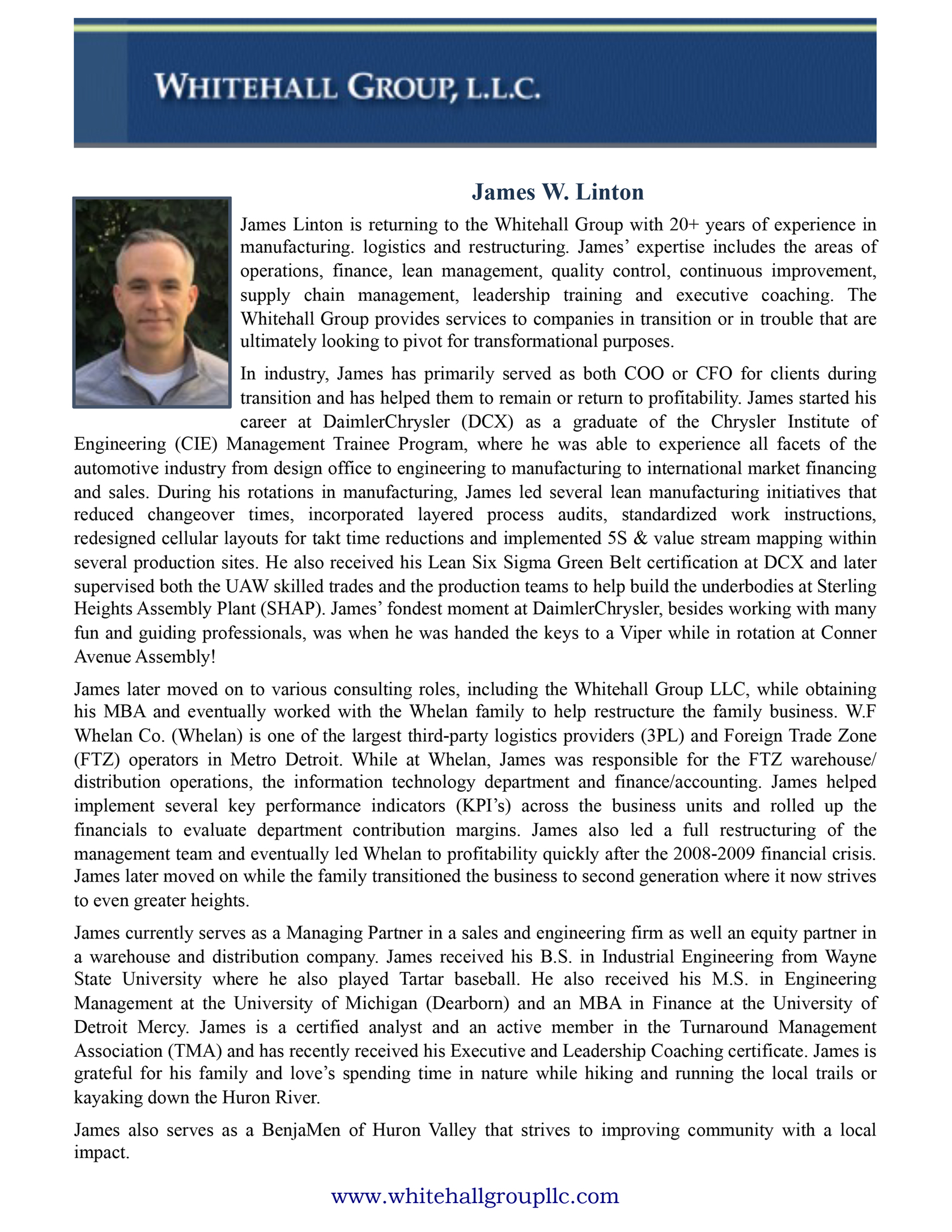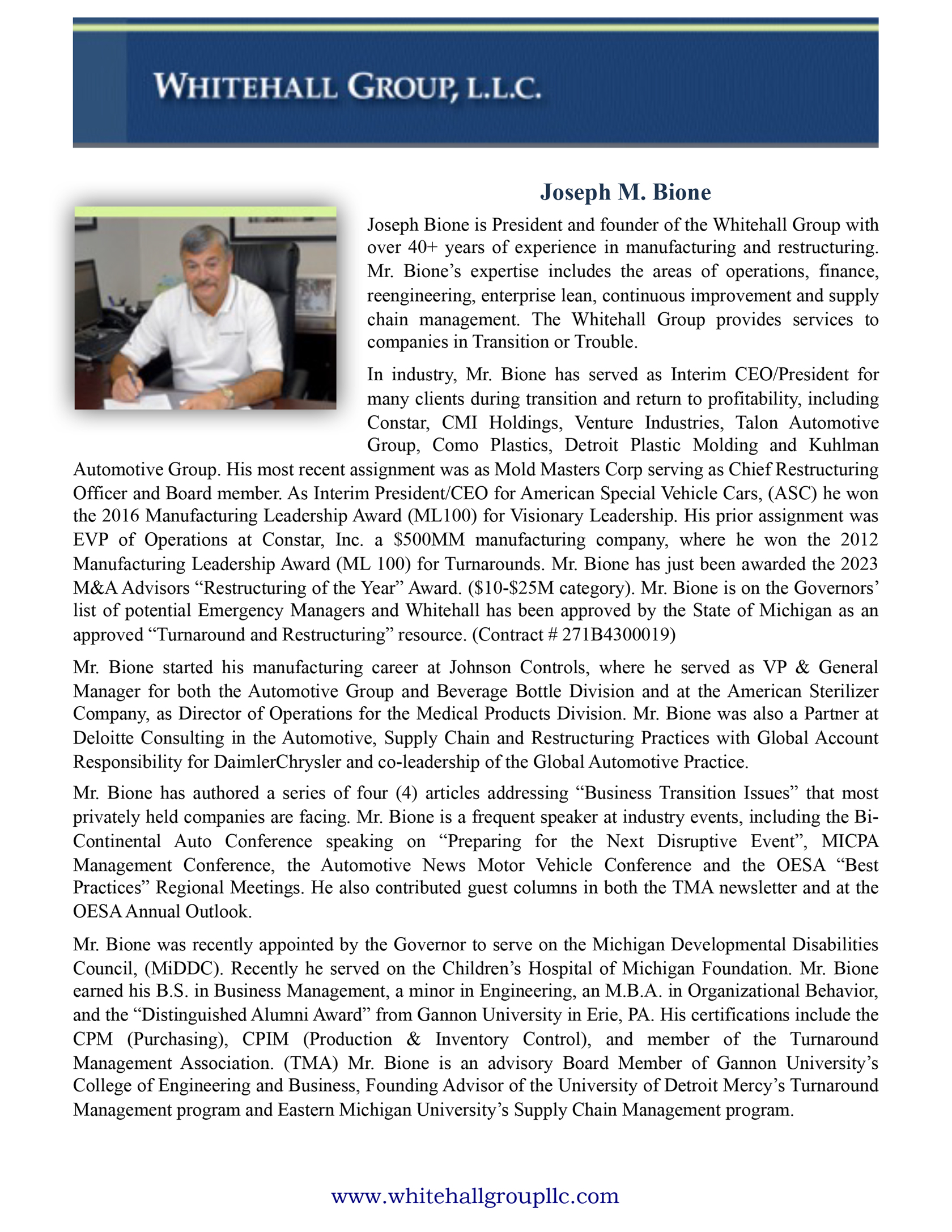Editor’s Note: This article is the second in a four-part series devoted to understanding the transitioning of a company from operational excellence, market intelligence and buy-side strategies, business valuations and exit strategies. This month’s column is focused on providing business owners with an in-depth view on specific parts of understanding what drives the value of a business.
Valuation multiples are one of the best ways to determine the value of a company. However, determining the company’s real valuation is much more intricate than simply multiplying the company’s EBITDA (earnings before interest, taxes, depreciation, and amortization) and a valuation multiple. For example, if the company’s EBITDA is $1 million, and the valuation multiple is 5 (the median lower middle market valuation multiple) then the company’s valuation is $5 million, right? Not necessarily, which bears asking, “What really drives multiples?”
EBITDA multiples provide a means to establish the economic value of an operating business by measuring the business’ earnings stream without consideration to capital structure (before interest) or taxes. An EBITDA multiple is a primary driver in mergers and acquisitions (M&A) price negotiations where a skilled investment banker engages in price discovery among several bidders — companies that each have unique synergies, capital structures and tax attributes. If the business is performing at its optimal operational level, this will drive up the EBITDA level, and the business owner can maximize its value.
Multiples are rooted in the notion of return on investment. The return an investor, or buyer, requires for a specific investment is the cost of capital. The mathematical manifestations for cost of capital are capitalization rates and discount rates. Applying the cost of capital to the expected benefit stream determines the value of the asset.
Operational efficiency is critical to improve EBITDA levels, as we discussed last month. (See the March 2013 Business Magazine at www.mbabizmag.com.)
Return on Invested Capital Operating companies employ invested capital to generate a return. The capital is invested in operating assets, typically working capital and fixed assets that are financed with interest bearing debt and equity referred to as the invested capital.
The return earned on this investment is the return on invested capital (ROIC) for the operating business. The ROIC hinges on the fact that your company is operating at its most efficient level, which some companies are not, yet they expect obtaining the maximum value.
ROIC is a critical value driver because businesses that produce more cash flow per dollar of investment (capital utilization) at the same risk level (cost of capital) are worth more. As the ROIC exceeds the cost of capital, the business creates value; and the faster it grows the more value it creates. A business that creates value commands a higher multiple for a given cost of capital.
If the ROIC is the most critical value driver, then what is the best way to improve your return? Some business owners will think that they can grow their way out of this issue when, in fact, growth can be a detriment, depending on your operational performance level. It stands to reason that an underperforming company will have a lower value, and a better performing company should command a higher multiple. Focusing on operational improvement, therefore, ensuring operations are running as efficiently as possible, enhances EBITDA, and creates greater value and a higher multiple for the business.
Summary
The magical 5 multiple is a point of departure for cost of capital typically applied to the purchase of a lower middle market business. A transaction that occurs at a 5 multiple is one that is expected to earn a 20-percent cost of capital (1 divided by 20 percent = 5). The real drivers of multiples are ROIC, growth, and operational excellence, but only if the ROIC exceeds the cost of capital.
Regardless of the size of the business, owners will have the best opportunity to maximize their market value if its current operations are running at a high level, giving themselves options to negotiate the highest value multiple.
